A Beautiful Local Rain Garden Story.
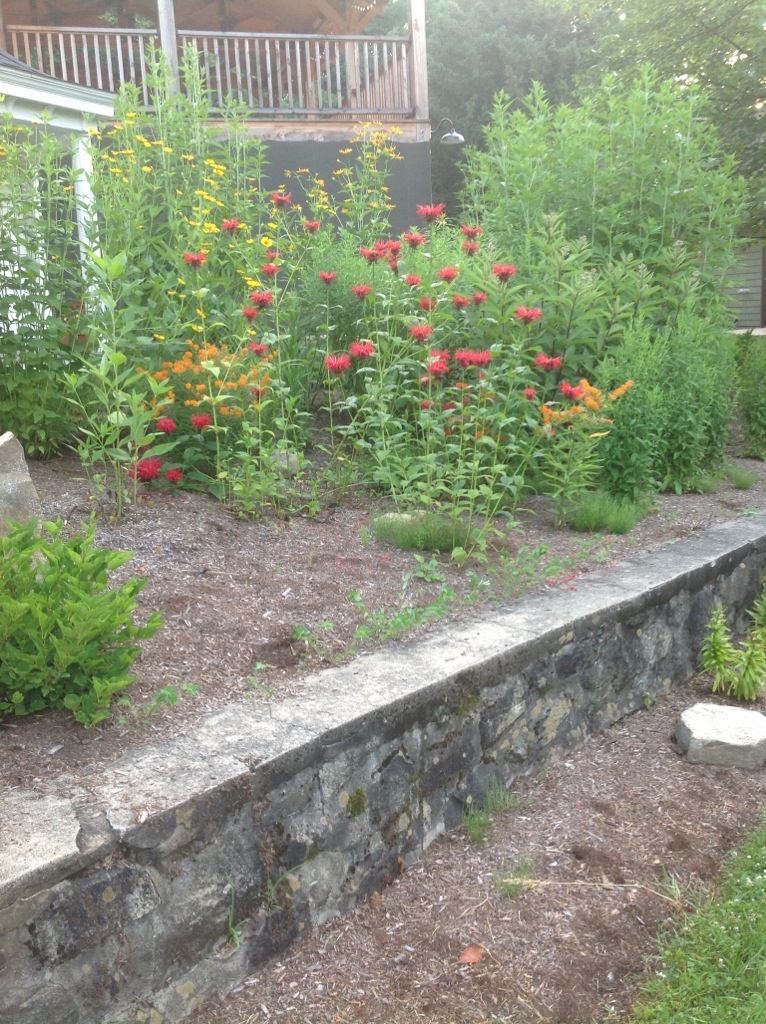
In the spring of 2012, we designed and installed rain gardens at an inn on Lake George. This spring, we added more plants to enhance the design. Native plants typically focus on developing their root systems during their first year. Certainly, the gardens would be more spectacular and fuller this year.
Several Styles of Rain Garden Exist.
Rain gardens come in several styles. The most common is the depressed catch basin rain garden. This style captures rain and holds it until the ground absorbs it—usually within hours, but no more than two days. We exclusively use native plant species rain gardens. Their massive root structures, often twice the height of the top growth, act like sponges, soaking up rainwater efficiently.
Native Grass Species Rain Garden.
Another type of rain garden is the utilitarian grass bed. These are often used as stormwater runoff catch basins next to structures. Grasses are a practical choice due to their effective stormwater absorption. Native species like Big Bluestem (Andropogon gerardii) and Little Bluestem (Schizachyrium scoparium) develop strong, multi-tiered root systems that excel at soaking up stormwater.
A Wetland Garden.
A third style is the wetland garden, designed for areas that traditionally hold standing water. In these gardens, native plants must tolerate wet conditions. For example, Swamp Milkweed (Asclepias incarnata) and Buttonbush (Cephalanthus occidentalis) are well-suited for wetland rain gardens. (Technically, Buttonbush is a native shrub.)
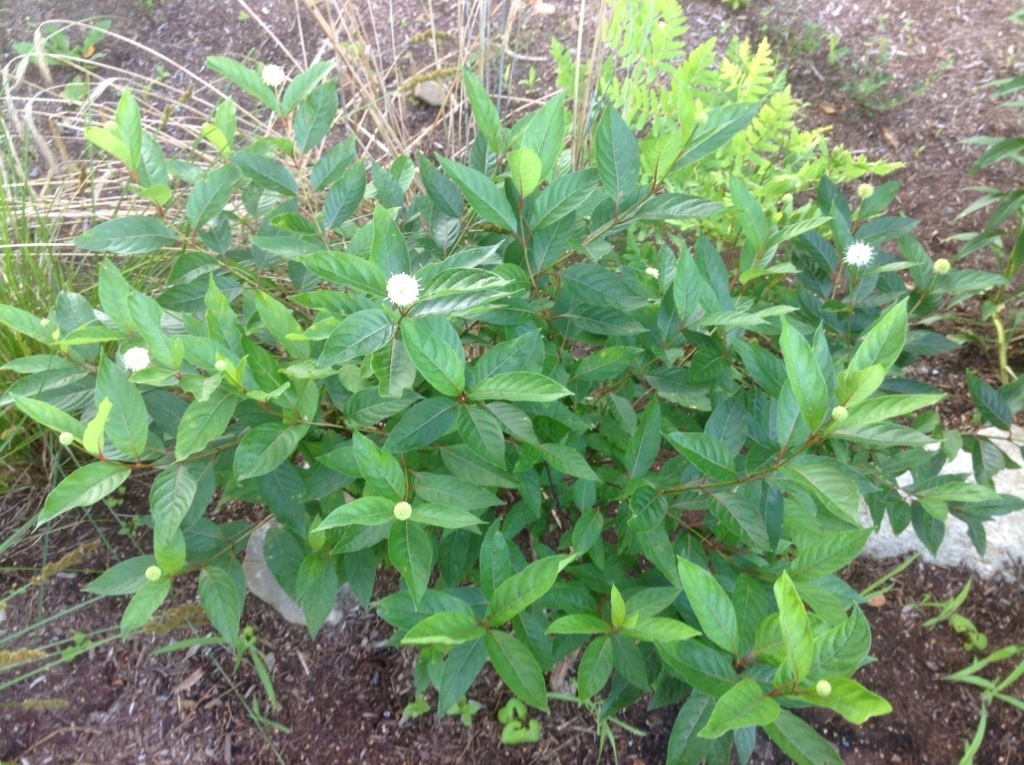 Well, technically Buttonbush is a native shrub.
Well, technically Buttonbush is a native shrub.
Sometimes, miscommunications occur when multiple landscape contractors work on a site. These issues can be humorous or, unfortunately, destructive. In spring 2012, we developed a shade-tolerant rain garden under a giant Sugar Maple tree. However, the maintenance landscaper removed the Sugar Maple in early spring 2013. Indeed, arriving to find the shade garden exposed to full sun was a surprise. The shade-loving native plants were starting to brown from excessive sun. To save them, we strategically placed sun-loving native plants and shrubs around the garden to create instant shade.
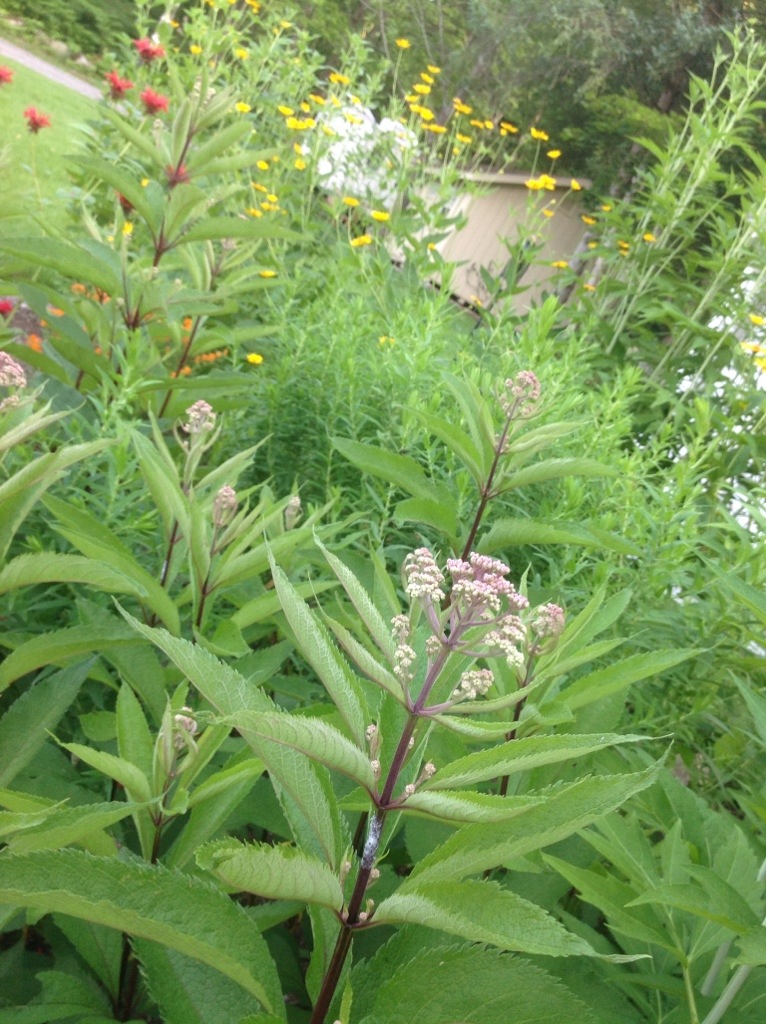
More and more native plant species are starting their bloom cycles in the Lake George rain gardens one year after planting. It is truly a beautiful process to be a part of.
How to hire Jessecology for your Rain Gardens project:
We’d love to meet you! Certainly, our team can design + build Rain Gardens for your Saratoga, Albany or Niskayuna region home or business. Please fill out the Start Your Project form and we’ll be in touch soon.

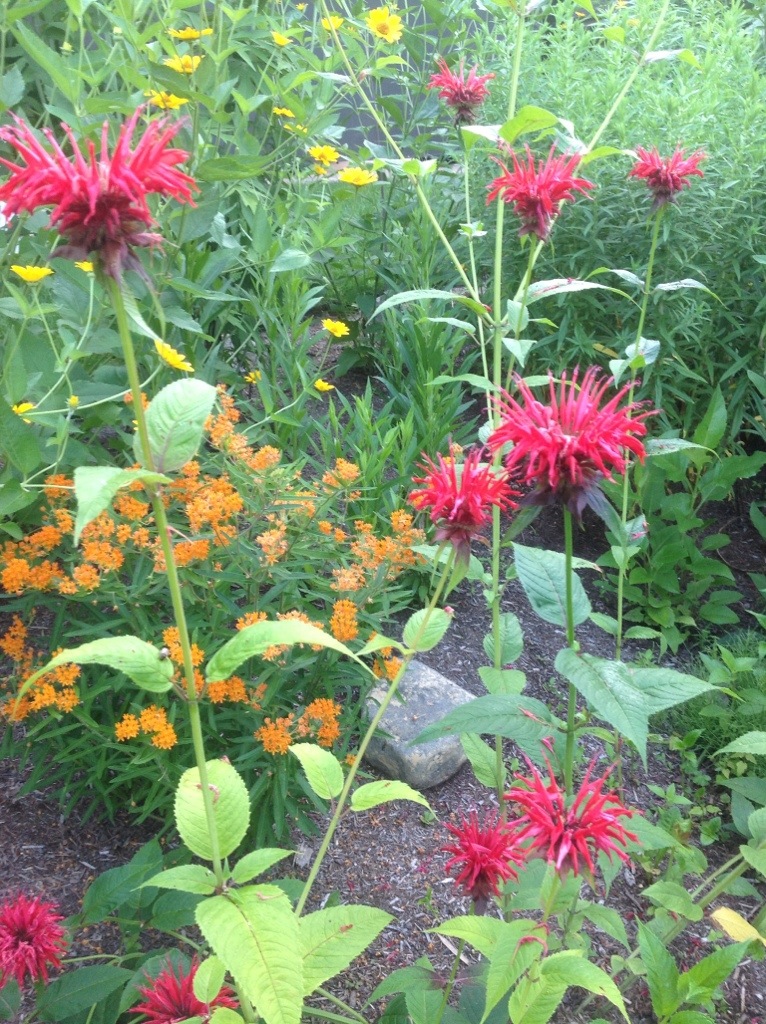
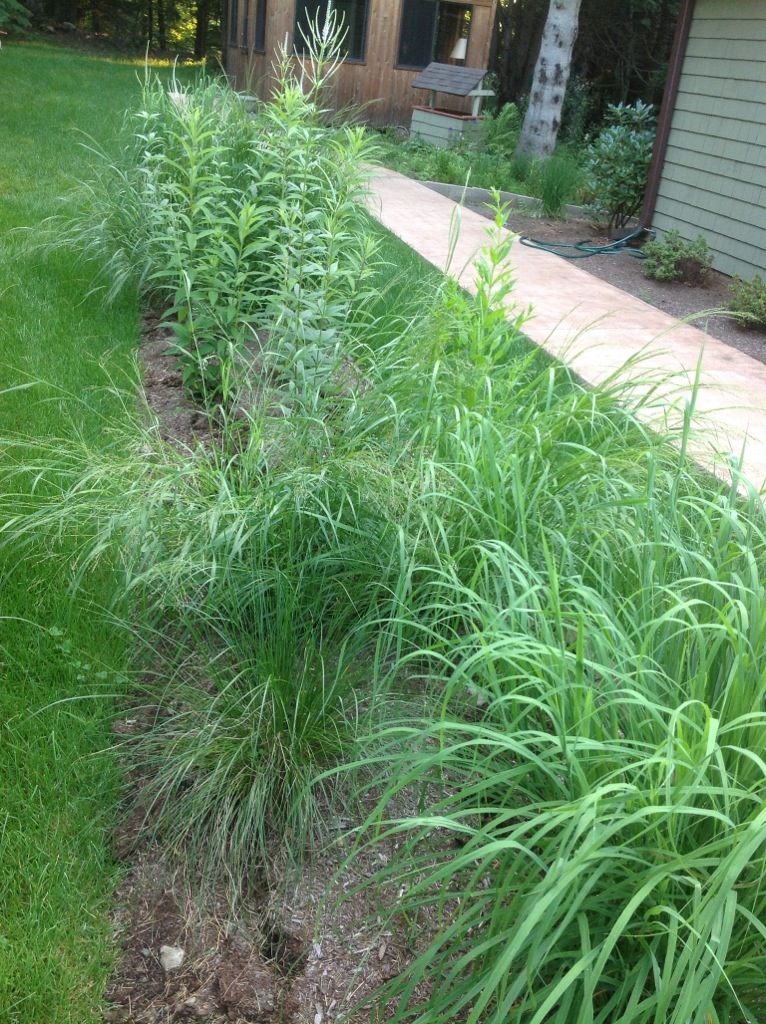
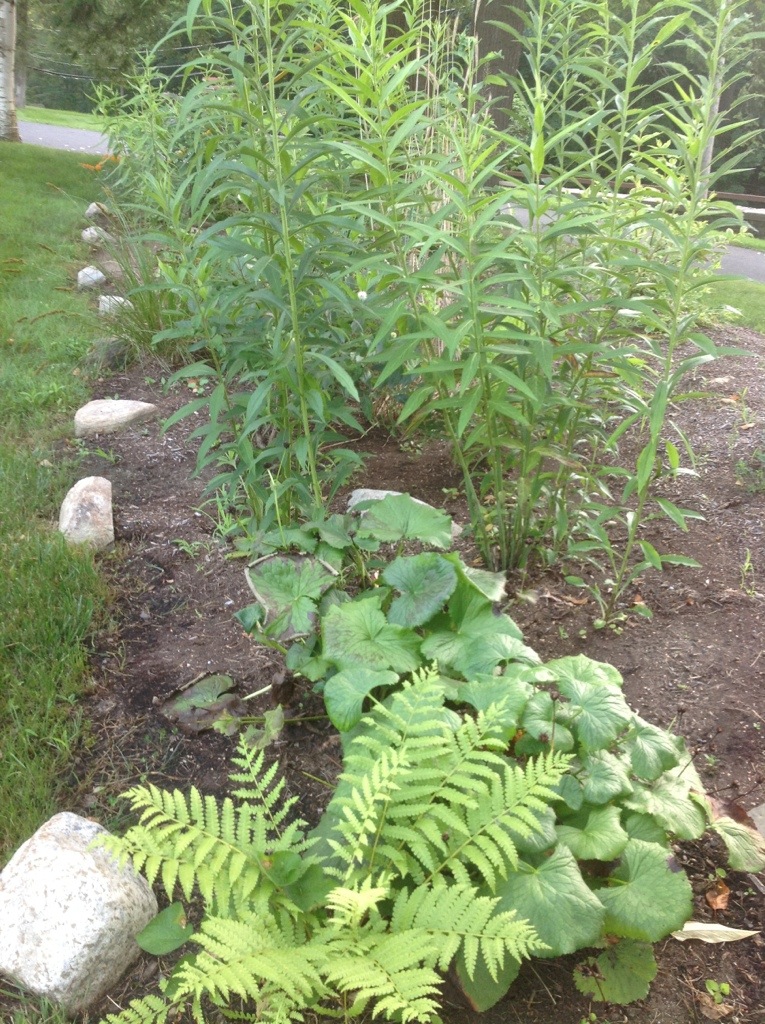
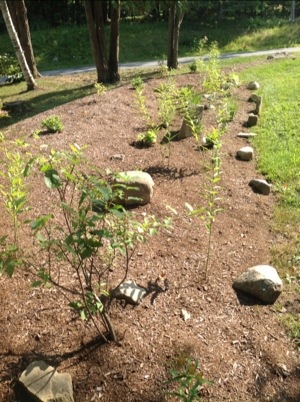
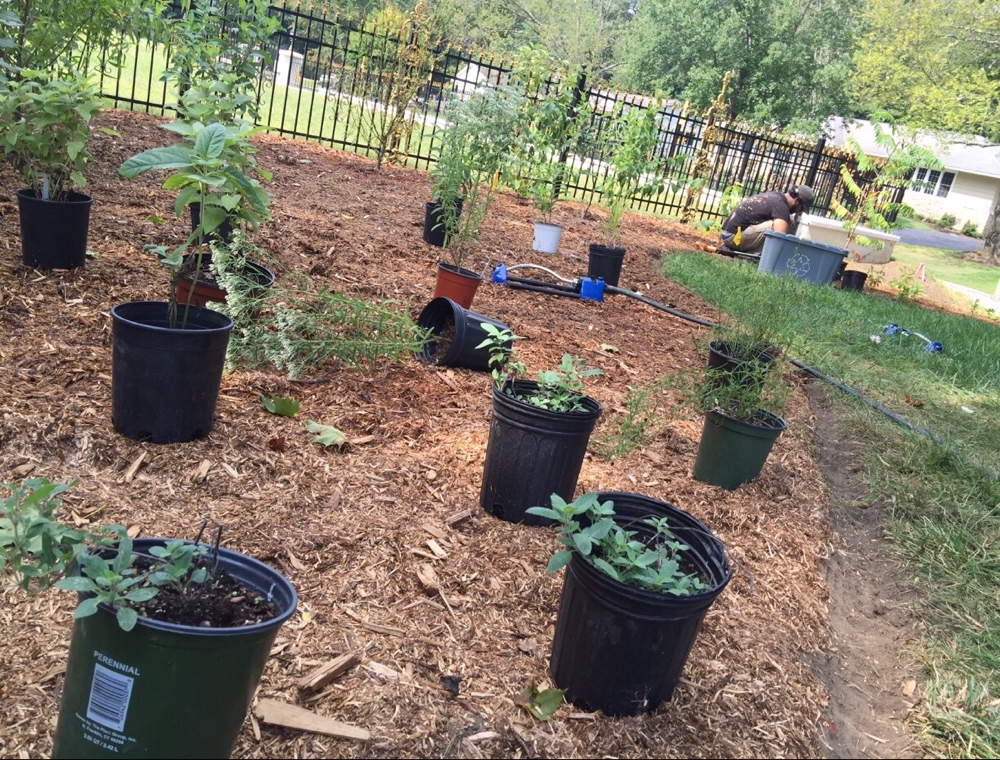
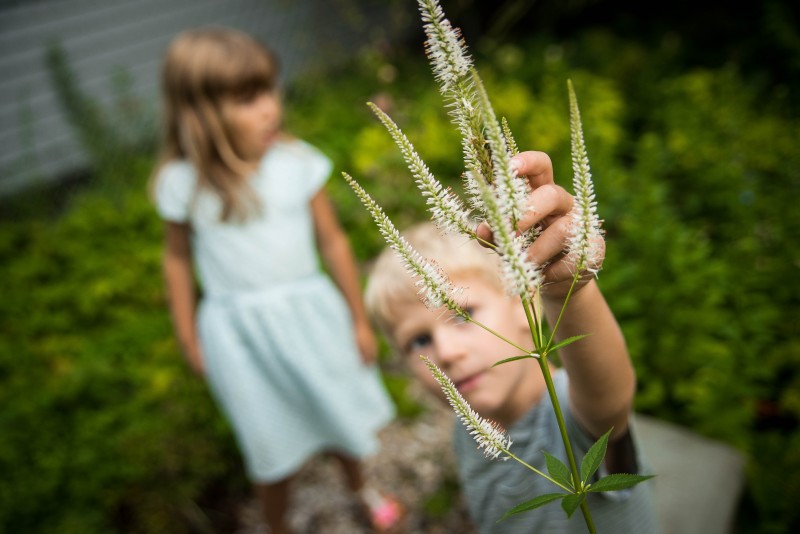
Comments are closed.